
From social justice to climate change, GenZ is known for leading the charge against some of the most pressing issues of our time. GenZ has strong opinions and even higher expectations regarding the brands they engage with. Lately, Fast fashion has become a pressing environmental issue that needs to be addressed.

What Is Fast Fashion?
Fast fashion is the term used to describe clothing designs that move quickly from the catwalk to stores to take advantage of trends. The collections are often based on styles presented at Fashion Week runway shows or worn by celebrities. Fast Fashion allows mainstream consumers to purchase the hot new look or be trendy, at an affordable price.
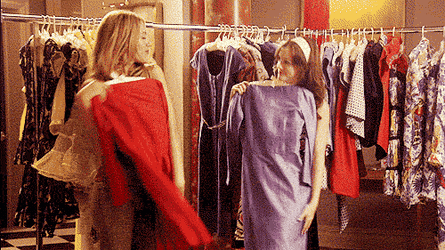
Have you noticed, It has become a challenge to wear a garment more than five times. Why?
- Garment quality is declining every year. As a result, our clothes immediately look faded, shapeless, or worn out.
- Trends are changing so quickly that we cannot keep up. We continue to purchase just to stay up to date.
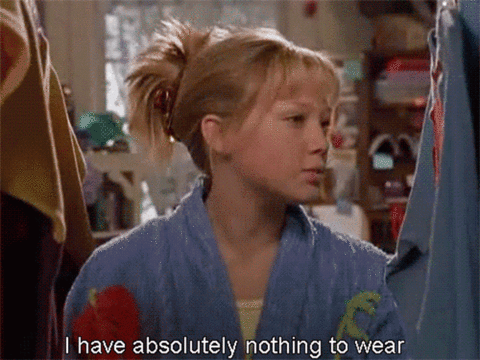
How Is It Becoming So Common?
Fast fashion became common because of cheaper, speedier manufacturing and shipping methods, the desire of Gen-Z to indulge these instant-gratification desires. Because of all this, fast fashion is challenging the established clothing labels’ tradition of introducing new collections and lines on an orderly, seasonal basis. It’s not uncommon for fast-fashion retailers to introduce new products multiple times in one week to stay on-trend.

Traditionally, shopping for clothes was an occasional activity. Consumers would save up to buy new clothes at certain times of the year. The style-conscious would get a preview of the styles to come via fashion shows that displayed new collections and clothing lines several months in advance of their appearance in stores.
But that began to change in the late 1990s, as shopping became a form of entertainment and discretionary spending on clothing increased. Enter fast fashion—cheap, trendy knock-off garments, mass-produced at a low cost

Market Players That Reinforce Fast Fashion
Major players in the fast-fashion market include Zara, H&M Group, UNIQLO, GAP, Forever 21, Primark, and New Look. Many companies are both retailers and manufacturers, though they often outsource the actual production of clothing.
Locally, brands like Ego, Ethnic, Outfitters, Khaadi, etc are considered fast fashion brands as they drop new collections bi-weekly, rendering previous styles, outdated.

Theref0re, fast fashion is ‘fast’ in several senses; the changes in fashion are fast, the rate of production is fast; the customer’s decision to purchase is fast; delivery is fast, and garments are worn fast – usually only a few times before being discarded.
The rise of fast fashion has had devastating consequences, from its reliance on plastic fabrics and its enormous carbon footprint to its erosion of workers’ rights.
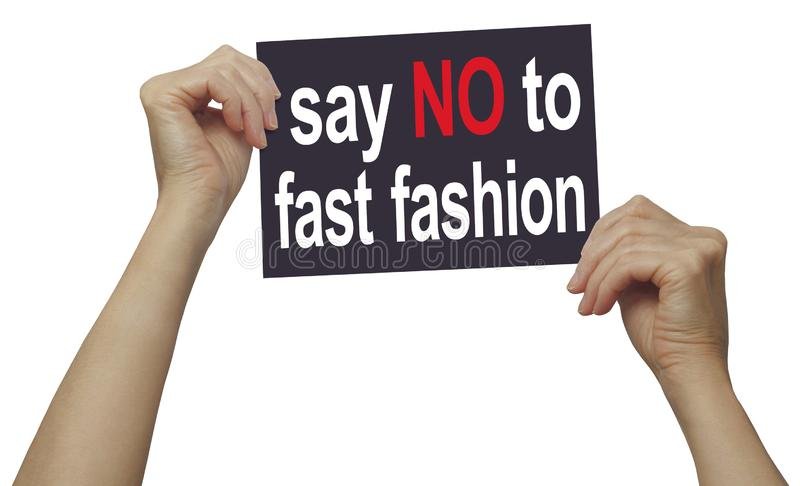
Cons of Fast Fashion
Environmental Repercussions
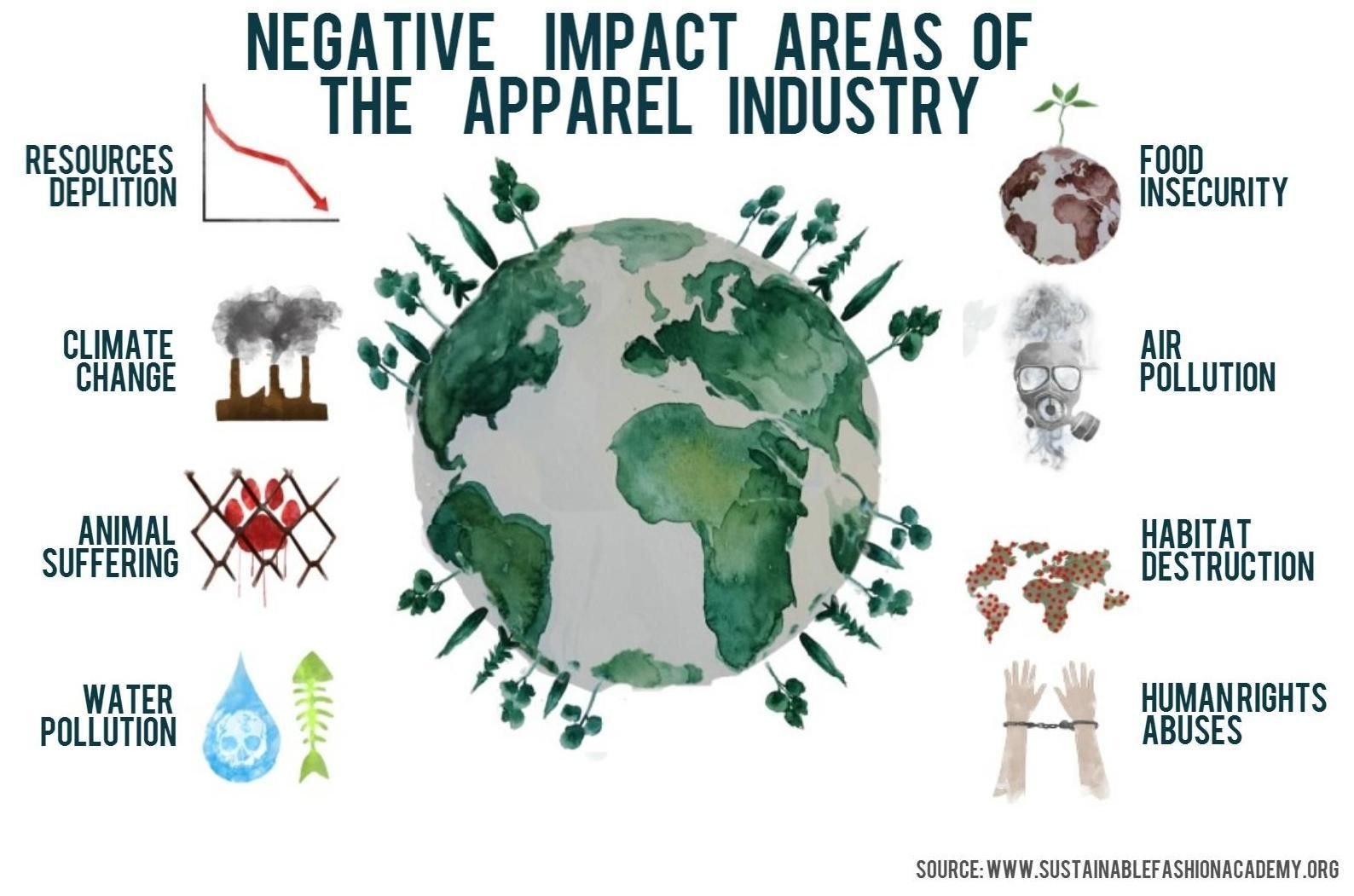
The endless creation of new clothes comes with a heavy environmental price. Every year the sector requires 93 billion cubic meters of water, which is enough to meet the consumption needs of millions of people and is responsible for industrial water pollution as a result of textile treatment and dyeing.
There are also numerous problems with the materials and processes used. Cotton production uses 6% of the world’s pesticides and 16% of insecticides.
The industry also has a heavy carbon footprint, which is responsible for up to 10% of total global carbon emissions and is estimated to increase by 50% by 2030.
Textile Waste
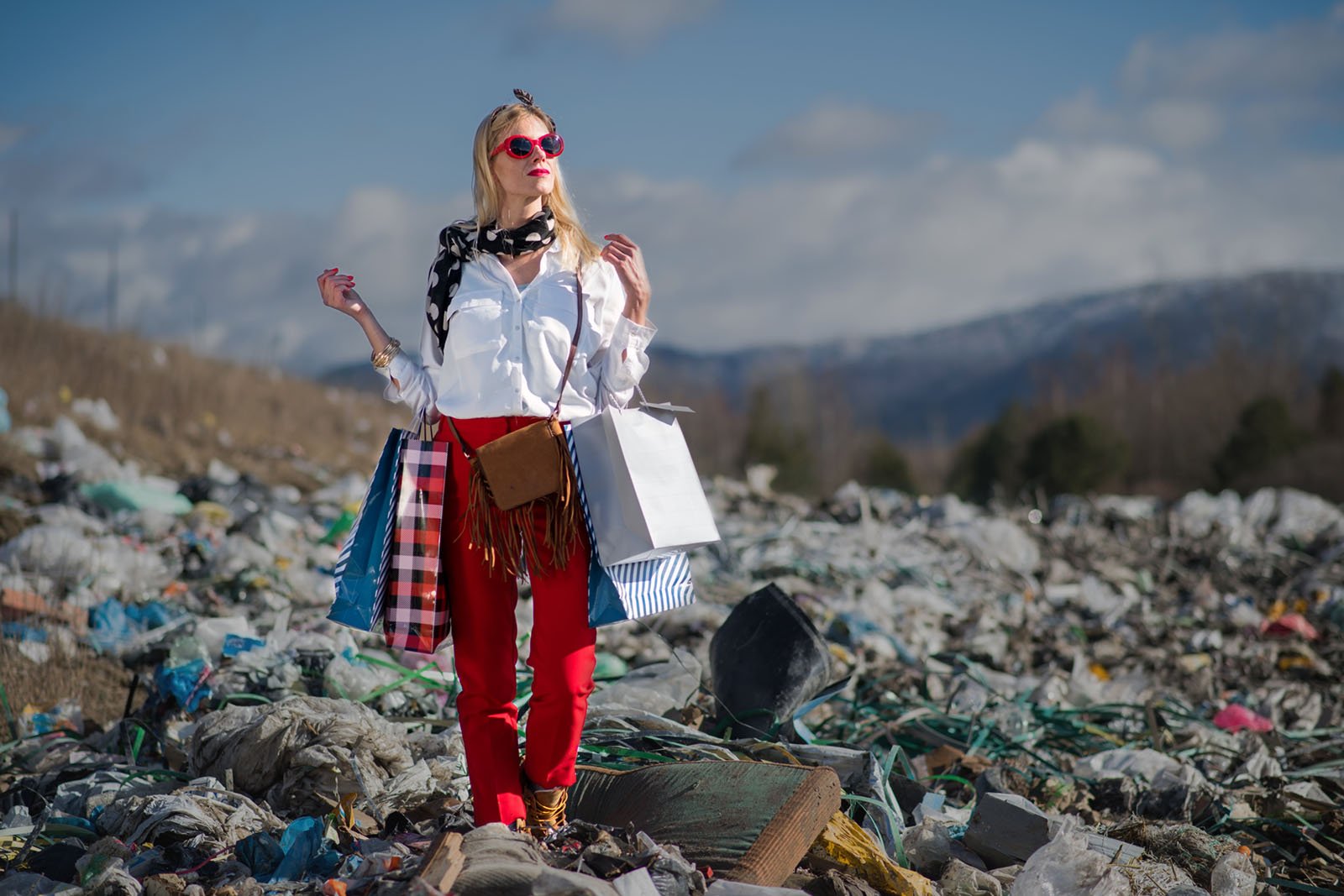
The industry is also responsible for enormous amounts of textile waste. Many of the clothes bought are thrown away after being worn just a handful of times: the industry produces an estimated 92 million tonnes of textiles waste annually, much of which is burnt or finds its way to landfills, while less than 1%of used clothing is recycled into new garments.
Some of this waste consists of items that never even reached the consumer – clothing lines that have become outdated or have minor defects, and so are destroyed instead of sold.
Employee Exploitation
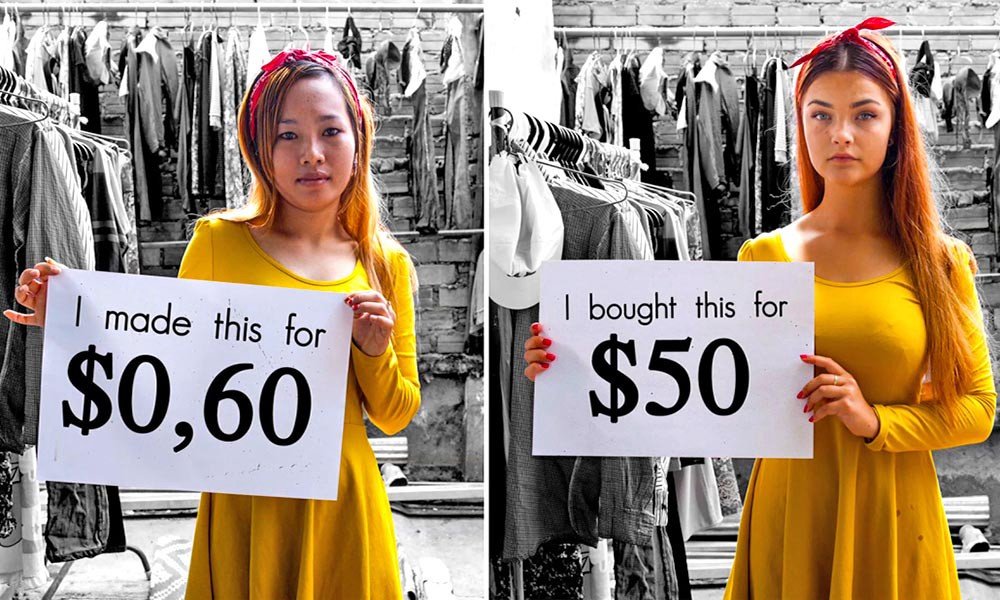
To offer clothes at ultra-low prices, fast fashion brands need their costs to be below. One of the main ways of doing this is to drive down the wages of garment workers in the supply chain.
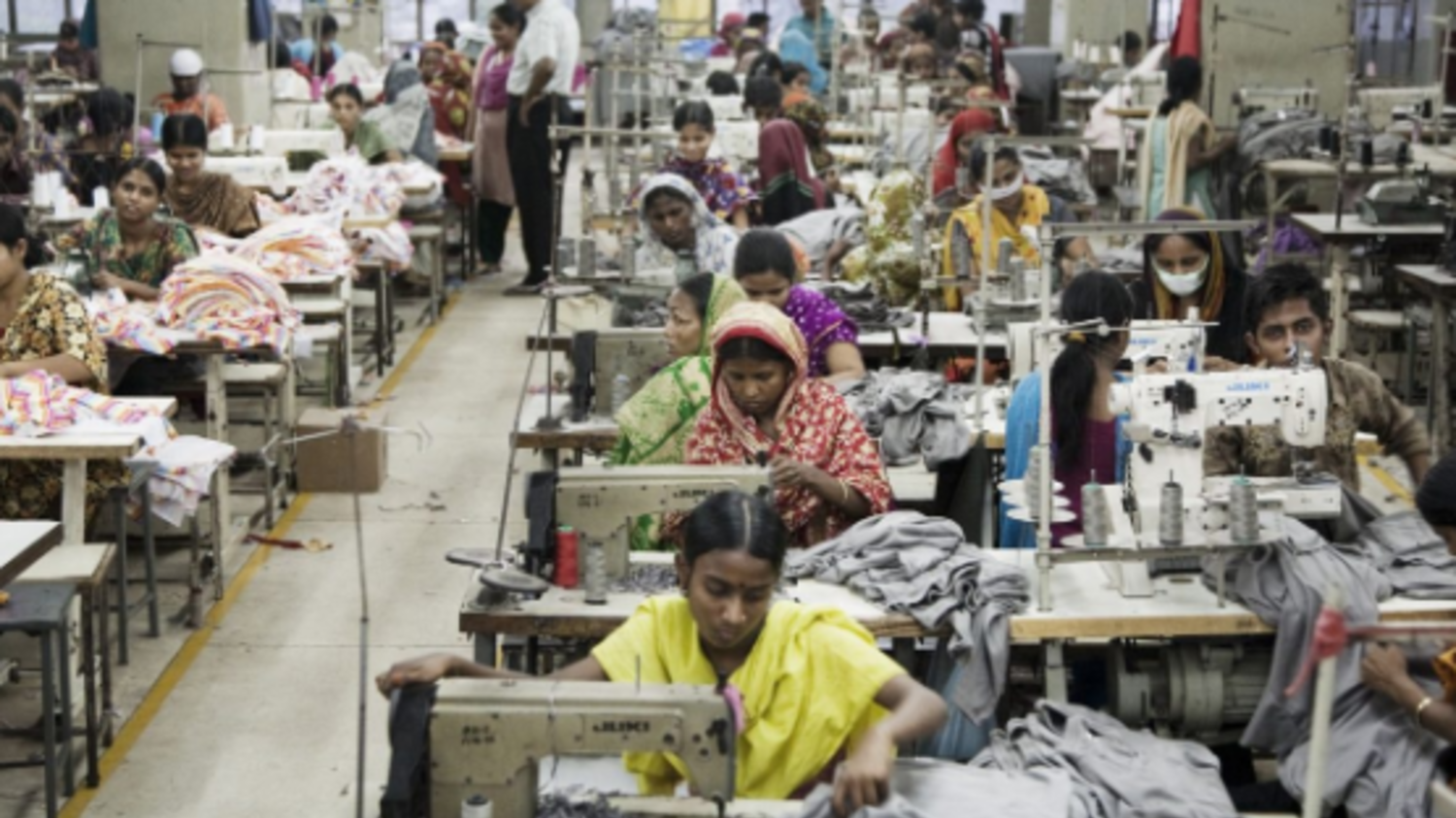
Worker exploitation is an essential part of the fast-fashion model. If an item is very cheap, chances are that the person who produced it was paid little. Furthermore, the working conditions of these employees are far beyond sub-standard and inhumane, Employees usually work with no ventilation, breathing in toxic substances, inhale fiber dust, or blasted sand in unsafe buildings. Accidents, fires, injuries, and diseases are very frequent occurrences on textile production sites.
On top of that, clothing workers often face physical and verbal abuse at the hands of their employers.
Child Labor In The Fashion Industry

Because the fashion industry requires low-skilled labor, child labor is largely prevalent. Many children are overworked and live in appalling conditions that can be classified as modern slavery.

How Can We Contribute As Consumers To Encourage Sustainability?
Buy Less

Even the greenest garment uses resources for production and transport to your home, creating some environmental impact. The root of the problem lies in our excessive consumerism. We are made to believe that buying new clothes will make us happy. Maybe we should reconsider some foundations of our lifestyle.
Buy Clothes From Sustainable Brands

More and more fashion brands take into account the environmental and social impact of their production. Make an active effort to identify brands that promote sustainability.
Although the options available are limited today, the more we demand sustainable clothing, the more will be available- just like organic food was difficult to find 15 years ago. Today, it is available in most supermarkets.
Buy And Demand Quality Products

Because clothes have become so cheap, we no longer care as much about quality. We just buy new garments when the ones we have lost their shape or appeal.
If we stop buying poor quality, it will push brands to improve the quality of their garments. It will also allow us to keep our clothes longer, which is good for our wallets and the environment.
Recycle Your Clothing

Try to repair them. Sometimes with a bit of imagination, you can repair or even redesign a torn garment.
Donate your clothes to your friends, family, neighbors, or charity.
Sell them on thrifting forums There are many platforms ie on social media and shops, that allow thrifting
Some clothes shops take back used clothes from their brand or even from other brands


